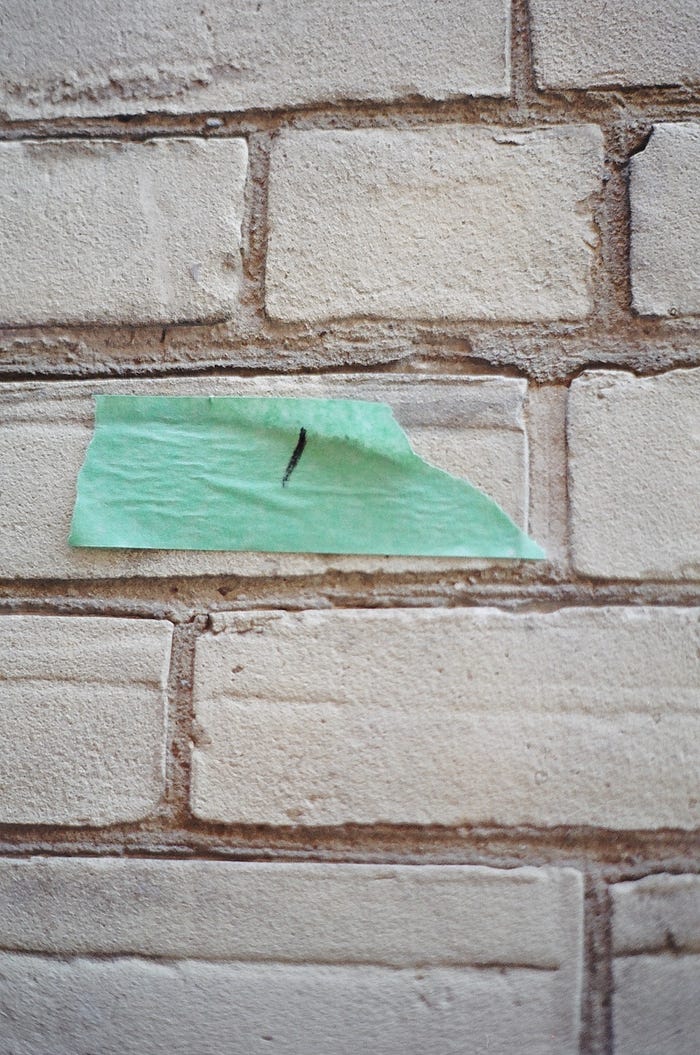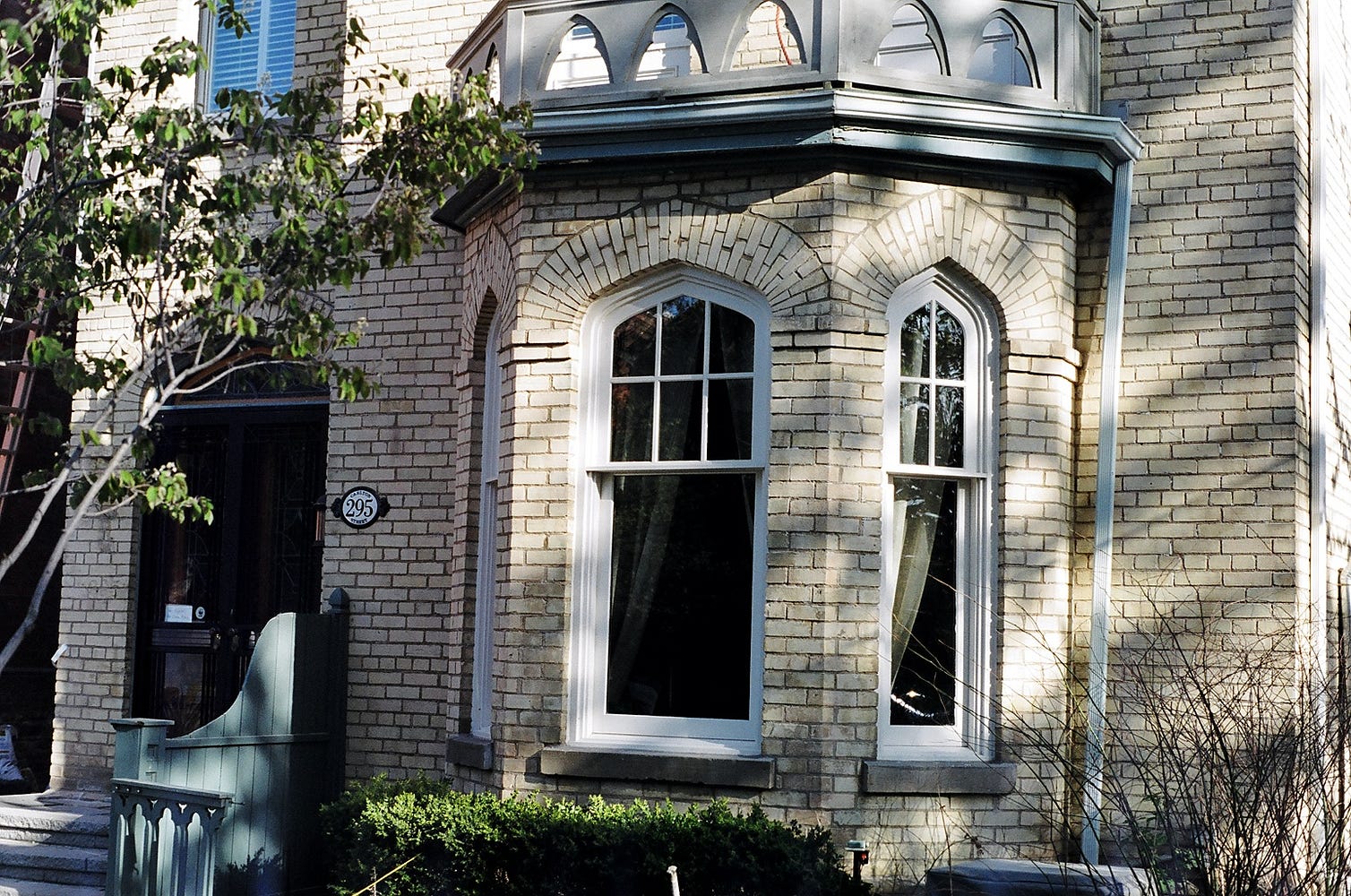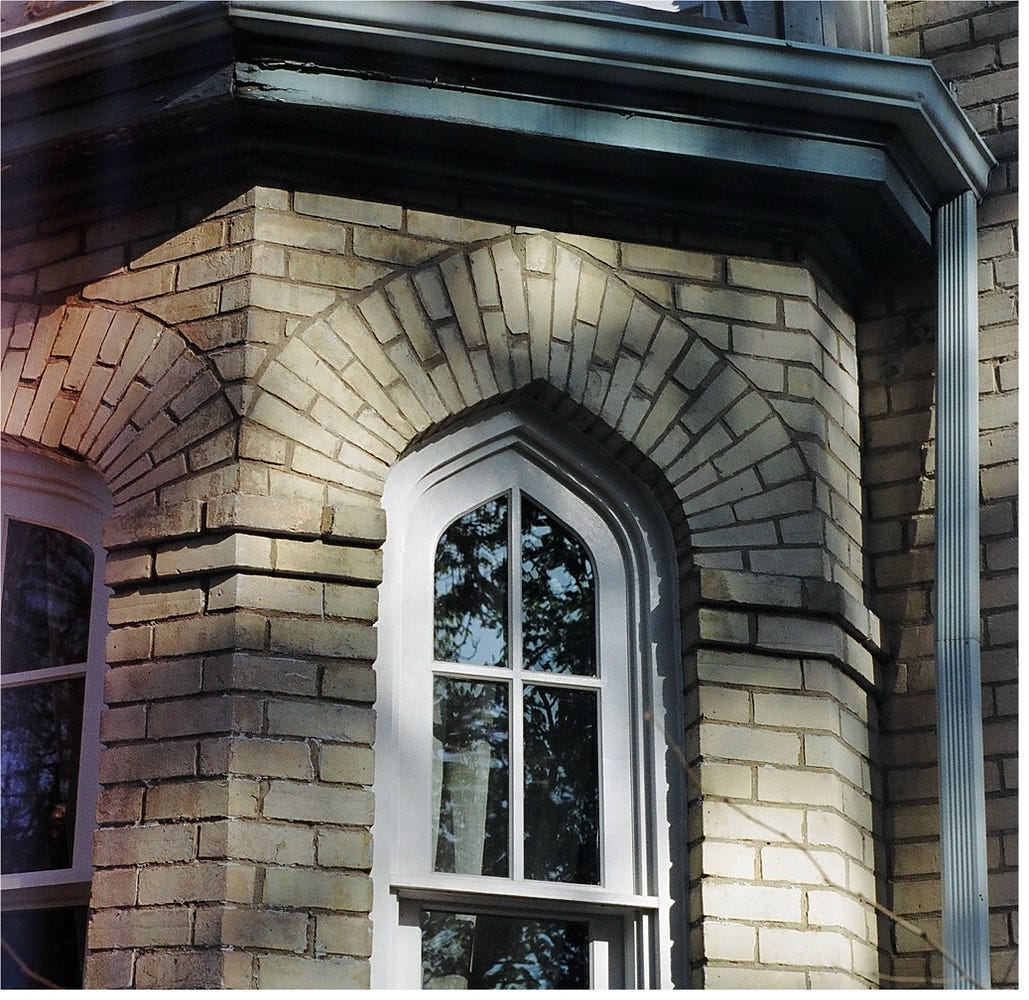What I set out to do in 2001, when starting my company, Invisible Tuckpointing Ltd., in Toronto, Canada, was to achieve brick mortar replacement with a perfect color match. This, in fact, became our slogan.
At the time (and mostly still now) what other companies were doing in this regard ranged from inadequate to atrocious.
This had opened the door for all kinds of visually displeasing work getting done (and paid for!). It was also causing, by all evidence, architects and others to specify the removal of all the mortar joints on a given wall, so as to achieve uniformity; but all too often at the cost of losing the vintage character of the building.
My premise was that one should only remove the mortar which had either failed, fallen off or had been so poorly executed in a prior repair by another company that it looked too ghastly not to remove.
My initial focus was on the color only, but I quickly came to realize that, as imperative as it seemed that the correct color be reproduced, there were two other — even more crucial — elements, namely the texture and the composition.
By “matching the texture” is meant how well the applicator reproduces the finished mortar joint so it is congruent with the surrounding, original mortar that shall not have been replaced, as it’s still serviceable for generations to come.
By “composition” is meant what are the raw materials in it and their ratios. In matching mortar, composition is closely related to texture, as using the wrong type of sand or incorrect ratios of ingredients will lead to a different appearance, no matter how careful the application is being carried out in order to achieve an acceptable texture.
Eventually, as my personal discoveries evolved, I decided to focus on older buildings; however, the principles of matching mortar apply equally to new structures.
Often, to achieve a particular mix, several attempts are made, progressively getting closer to the original mortar, as you can see in the pictures below which feature a personal example of mine.
It’ s not good enough, in my opinion, to simply make a vague, wishy-washy trial and then simply ‘go with it’, just so one can that claim that their company matches mortar. I persevere at the task until there truly is a match.
At times, it can take over a day to get the mix right, although now, with years of experience, it usually takes me under two hours. Having the customer pay for a lab analysis (up to $3,000) is impractical in the residential market and not as effective, in my experience, as researching the various stages of development of a city, and gaining first-hand knowledge of the ingredients and ratios involved, and taking the time to source these materials to a “good enough” point, so the result will be harmonious.
The vertical joints to the right of the tape in the 1st and 2nd pictures show a better reproduction than most other companies out there would take the time to achieve, but the joint to the left of the tape on the 3rd picture shows a true match. In this particular example, I have used a pure calcium lime and sand mix.



The next picture exhibits the prepared wall, in which either the failed or unsightly mortar has been carefully removed to the proper depth in such a way so as to not damage the bricks. The original mortar that was still in good condition has remained as-is.

And the last two pictures show the finished result. You cannot tell the difference between the new mortar and the original, which is still in situ and has not been replaced.


That’s the level of accuracy I’m referring to when I say I match mortar. As the old adage goes, the proof is in the pudding.
If you are a homeowner somewhere in North America and are looking for someone to perform some repointing work for you (as we call it), I’m hoping this blog post will give you enough of a reference point so you have a sense of the type of mason you will now be looking for.
If you are a mason yourself, perhaps you do it as well as, or better than I do it. If not, strive for perfection, within reason, and you will notice a definite reaction in your customers: it is call elation.
Contact me: Toronto residents: www.invisibletuckpointing.com For anyone else: www.brickworkpreservation.com

No comments:
Post a Comment
Note: Only a member of this blog may post a comment.